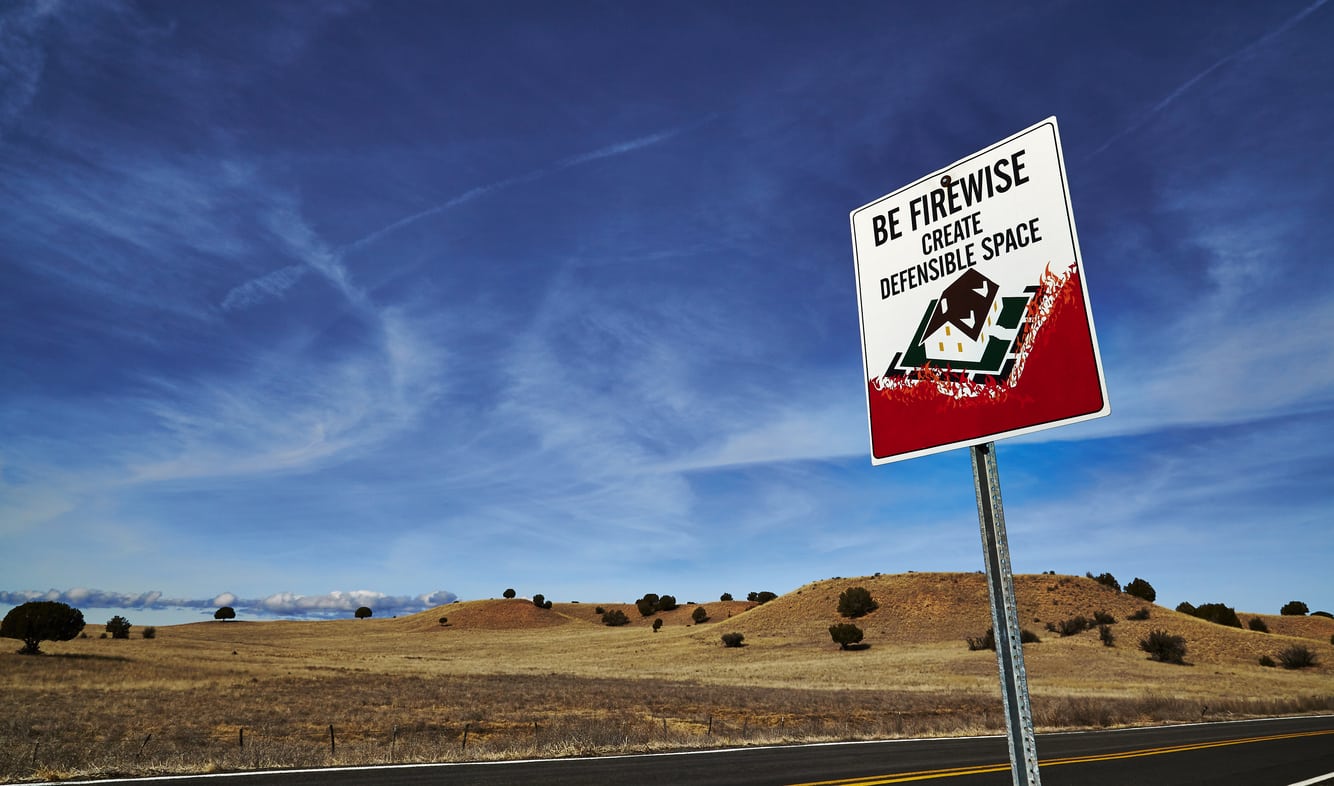What Is Firescaping – A Guide To Fire Conscious Gardening


What is firescaping? Firescaping is a method of designing landscapes with fire safety in mind. Fire conscious gardening includes surrounding the home with fire-resistant plants and design features that create a barrier between the house and brush, grasses, or other flammable vegetation. Landscaping for fires is critical for homeowners in fire-prone areas. Read on for more firescaping information.
Fire Conscious Gardening: How to Firescape
With a little careful planning, a firescaped landscape doesn’t need to look very different from any other landscape, but the landscape should inhibit the spread of fire. The basics of landscaping for fires, also known as creating defensible space, include the following:
Selecting Fire-Resistant Plants
Select plants according to their ability to withstand the threat of wildfires. For example, a traditional landscape that includes a lot of evergreens or ornamental grass increases the risk your home will be involved in a wildfire. University of Nevada Cooperative Extension recommends that flammable plants be used sparingly within a 30 foot (9 m.) span around the home. If you decide to plant evergreens, ensure they are widely spaced and not too tall. Evergreens contain oils and resins that encourage fast moving, raging fires. Instead of evergreens and grasses, select plants with a high moisture content. Also, keep in mind that deciduous trees have a higher moisture content and contain no flammable oils. However, they must be well pruned with plenty of space between branches.
Landscaping for Fires: Other Design Elements
Take advantage of “defensible spaces” such as driveways, sidewalks, lawns, and patios. Be sure fences are constructed of non-flammable materials. Avoid bark mulch around your house. Instead, use an inorganic mulch such as glass, gravel or rock. Water features such as ponds, streams, fountains, or pools are effective fire breaks. Bare ground may sound like the perfect fire break, but it shouldn’t be part of fire conscious gardening due to the high possibility of erosion. Remove all combustible material such as firewood, dry leaves, cardboard boxes, and building materials within 30 feet (9 m.) of your home, garage, or other buildings. A safe distance should also be created between flammable materials and propane or other fuel tanks. Create flower beds or “islands” of plants with lawn or mulch area in-between. No plants are completely fire resistant. Your local Master Gardeners or university cooperative extension office can provide more detailed firescaping information. Ask them for a list of fire-resistant plants suitable for your particular area, or inquire at a knowledgeable greenhouse or nursery.
Sign up for the Gardening Know How newsletter today and receive a free copy of our e-book "How to Grow Delicious Tomatoes".

A Credentialed Garden Writer, Mary H. Dyer was with Gardening Know How in the very beginning, publishing articles as early as 2007.